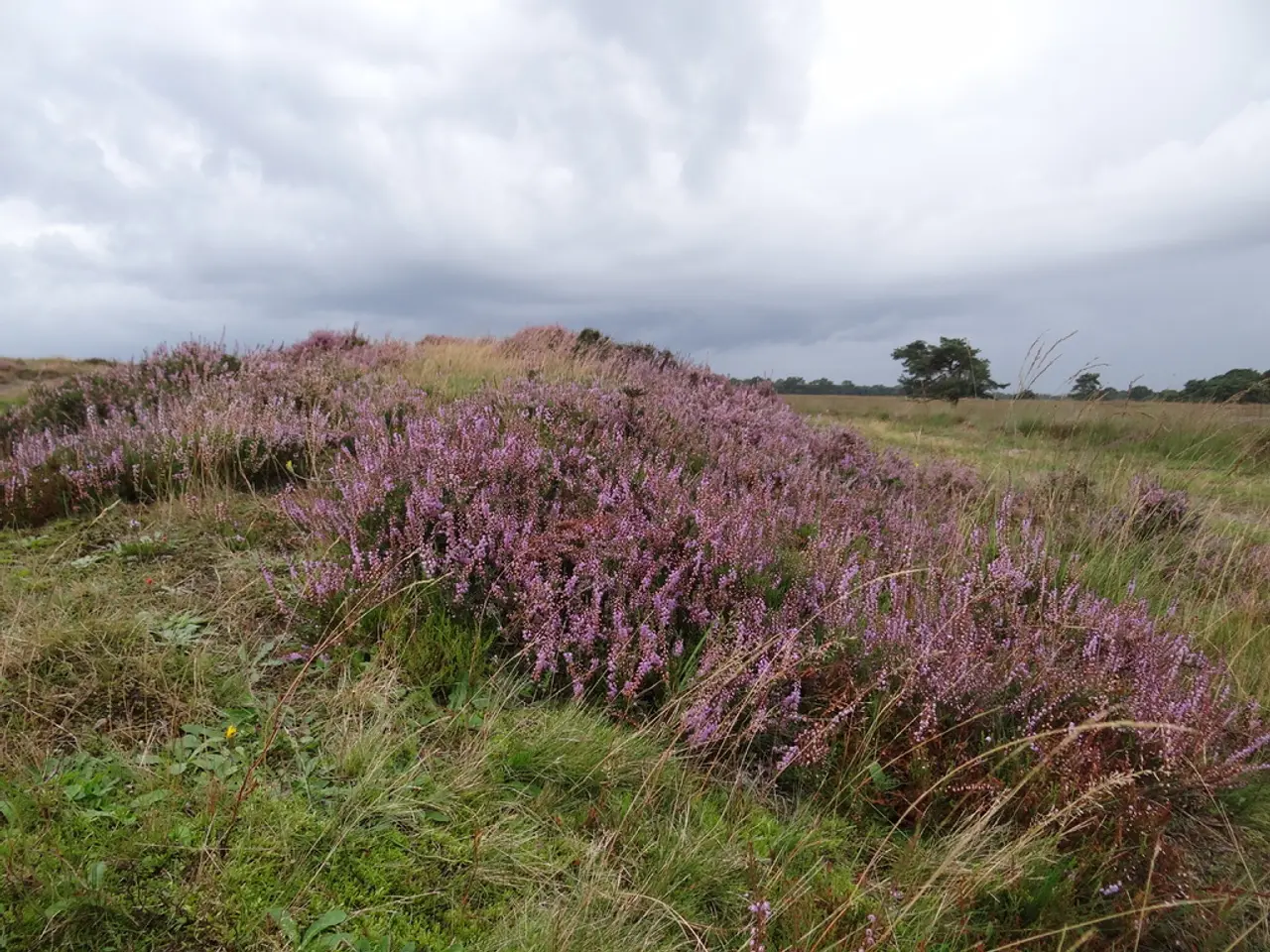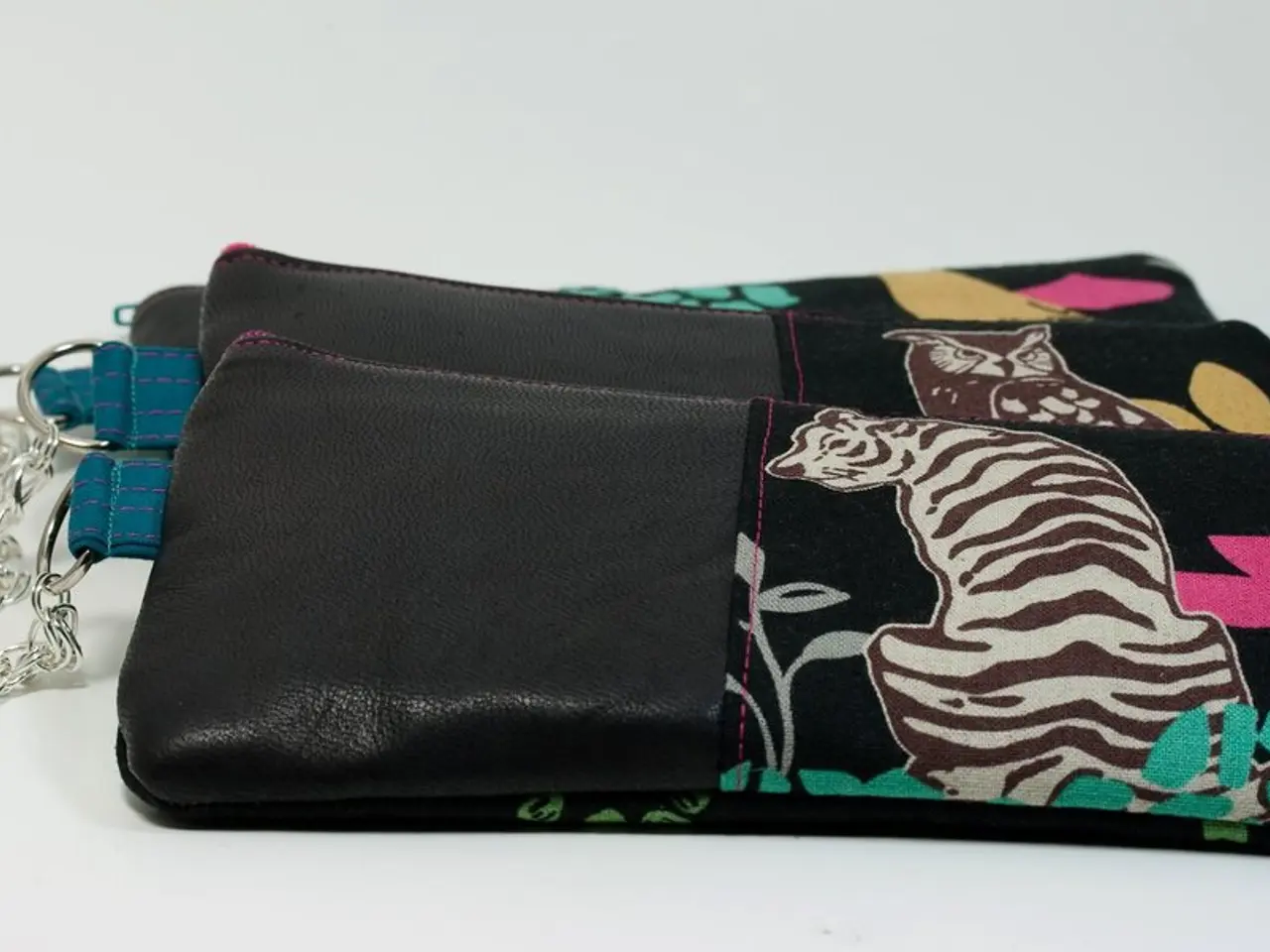Possible existence of extraterrestrial forms harboring distinctive purplish hues due to unique physiological characteristics or environmental factors.
The search for life beyond Earth has taken a fascinating turn, with scientists focusing on a unique group of microorganisms found in extreme environments on our planet – the purple bacteria. These microscopic life forms, with their distinctive photosynthetic pigments, could potentially serve as biosignatures for life on exoplanets that utilize purple bacteria-like photosynthesis instead of the green photosynthesis we're familiar with.
Astronomers are increasingly looking for life on other planets using these biosignatures, with the colour of a planet's surface being one such potential biosignature. The colour of purple bacteria is significant because they reflect specific wavelengths of light, which could be used as a signature of life on other worlds.
The technique used for this observation is called reflected light spectroscopy, but current telescopes are unable to perform this type of observation. However, upcoming projects like Chile's Extremely Large Telescope and NASA's Habitable World Observatory aim to change that, capturing images that can obtain surface-level measurements. These observatories, expected to come online by the end of 2030, could revolutionize our understanding of life beyond Earth.
Scientists at Cornell University, including astronomer Lisa Kaltenegger and microbiologist Ligia Fonseca Coelho, are at the forefront of this research. They are continuing to expand their database of colours and signatures, looking into other life forms that can survive in different extreme conditions.
Purple bacteria are particularly interesting because they use bacteriochlorophyll pigments that absorb different parts of the spectrum, often allowing photosynthesis under different environmental conditions. Unlike traditional oxygen-producing cyanobacteria, which created Earth's oxygen-rich atmosphere and produce green pigments, purple bacteria can thrive in a wider range of environments.
This expands the range of possible biosignatures and detectable life types beyond Earth-like green vegetation, suggesting that extraterrestrial life might look "purple" instead of green. A study published in April in the Monthly Notices of the Royal Astronomical Society, with Ligia Fonseca Coelho as a co-author, adds spectral data on 20 species of purple bacteria to an ongoing database. This data is publicly available for other scientists to use.
The light signatures of purple bacteria could potentially be used to identify habitable worlds. For instance, many habitable rocky planets revolve around stars known as red suns, which are smaller, dimmer versions of the yellow sun in our solar system. Purple organisms are able to use the low-energy rays that these red suns emit, making them ideal candidates for life on such planets.
Research stresses the potential for planetary biosignatures related to these pigments in the search for life beyond Earth. The spectral reflectance of purple bacteria may enable scientists to remotely detect life with instruments like the planned Habitable World Observatory. This is crucial because it broadens astrobiological models and improves the interpretation of exoplanet atmospheric data, especially in near-infrared observations.
Shiladitya DasSarma, a molecular biologist at the University of Maryland, was the lead author of a 2018 study that hypothesized early Earth might have been purple. This study adds weight to the idea that purple bacteria could be a key to understanding life beyond our planet.
In summary, purple bacteria serve as a model for alternative photosynthetic life forms whose distinct chemical and spectral properties could be essential biosignatures when searching for and identifying signs of life on other planets. The upcoming telescopes could provide the tools needed to make these discoveries, opening up a new chapter in the search for extraterrestrial life.
- The study of life beyond Earth has shift focus towards microorganisms like purple bacteria,found in extreme environments, due to their potential as biosignatures for life on exoplanets.
- Scientists aim to understand and store the colours and signatures of not only purple bacteria, but also other life forms that can survive in extreme conditions.
- Researchers are excited about the colour of purple bacteria because they reflect specific wavelengths of light, which could be used as a signature of life on other worlds.
- The technique of reflected light spectroscopy is used to observe these potential biosignatures, and upcoming observatories like Chile's Extremely Large Telescope and NASA's Habitable World Observatory aim to advance this technology.
- The broad range of environments that purple bacteria can survive in expands the potential biosignatures, moving beyond Earth-like green vegetation, and suggesting that extraterrestrial life might not share our green hue.
- In an April study published in the Monthly Notices of the Royal Astronomical Society, research was conducted on the spectral data of 20 species of purple bacteria, which is available for other scientists to use.
- Research has suggested that purple organisms could thrive on planets revolving around red suns, making them ideal candidates for life on such planets.
- The spectral reflectance of purple bacteria could potentially enable scientists to remotely detect life on habitable worlds, and this broadens astrobiological models for the search for life beyond Earth.



